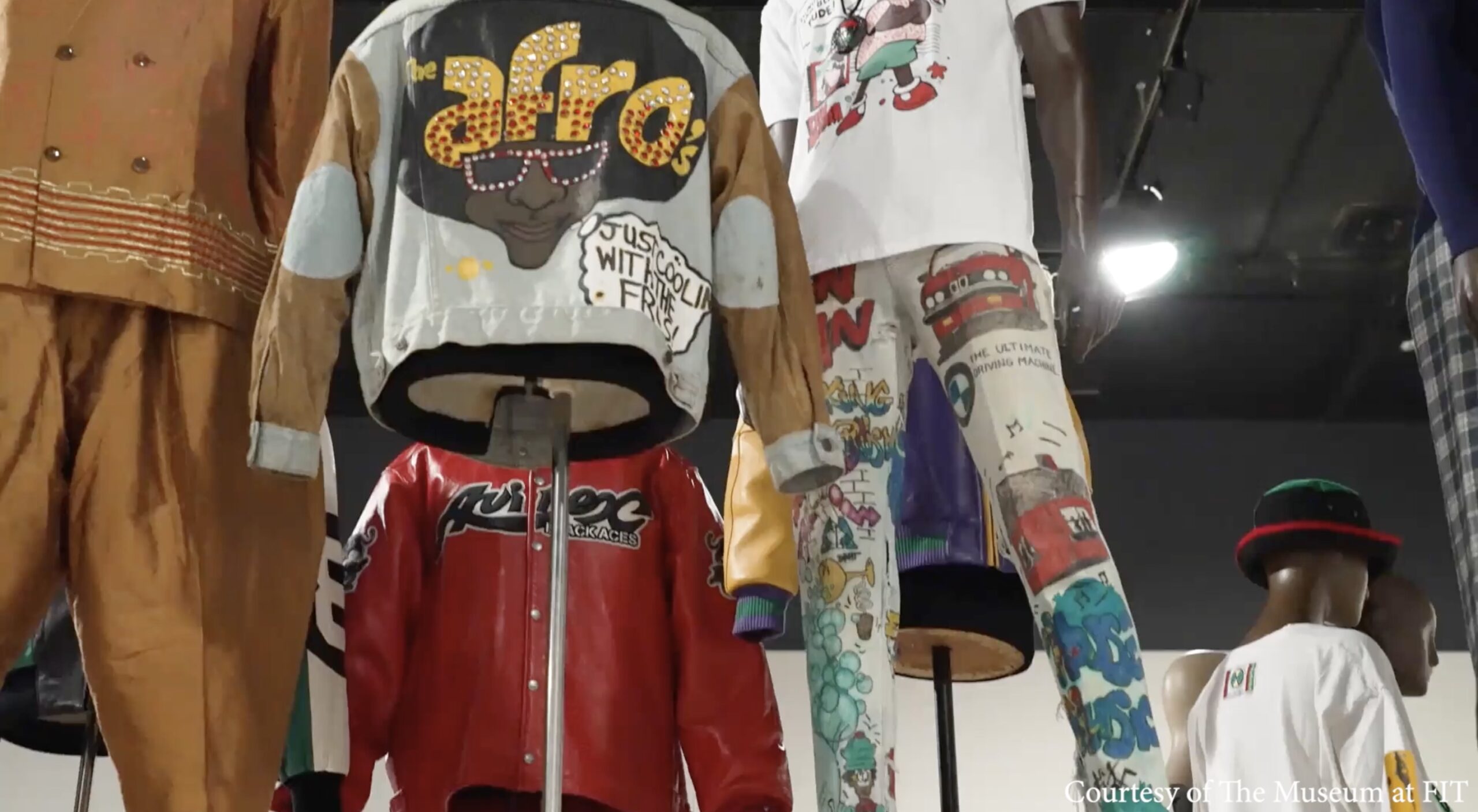
The Catholic image Our Lady of Guadalupe, a Mexican depiction of the Virgin Mary, is painted on many glass candles at the religious shrine of El Tiradito in downtown Tucson. Both English and Spanish-speaking visitors come here to pray, despite heightened tensions within the Catholic community regarding illegal immigrants. Photo by Chelsia Marcius
TUCSON, Ariz. — As Father Bill Remmel addressed parishioners recently at St. Frances Cabrini, Kris folded his arms and stared squarely at the priest behind the podium.
He leaned back, eyes fixed straight ahead, as Remmel described the landless migrants of the Old Testament, and he gave a slight nod of approval when the priest said Christians ought to show hospitality toward strangers. Yet when Remmel said God now calls upon Americans to open their borders and embrace migrants, Kris began to rub his temples as if to alleviate a nagging headache.
“But what happens if the sojourner lives in a country and does not follow its laws?” he called out, referring to the Biblical term for strangers. “What happens to the sojourner if they don’t live up to that responsibility?”
Kris, a Tucson resident who declined to give his full name for fear of losing his job, is a Catholic. He married a Mexican woman, learned Spanish and has not missed a Sunday mass in four years. And like many parishioners, he disagrees with the church on one major issue: illegal immigration.
Tensions heightened within the Catholic community after July 28, when federal Judge Susan Bolton blocked Arizona’s controversial immigration law, SB 1070. And while the Roman Catholic Church publically supports migrants, it now grapples with uniting parishioners with differing beliefs.
“The scripture does not carry a blueprint for our actions,” Remmel said. “It’s not going to tell us how to deal with the gangs, how do deal with people who are smuggling drugs across our borders. What it will help us do is form our own attitudes as we struggle to find the answers.”
According to Joanne Welter, director of the Office of Human Life and Dignity in the Diocese of Tucson, the church has a long history of working to bridge the gap between Catholics on both sides of the border.
Yet it wasn’t until 1996 when Mexican and American bishops wrote “Strangers No Longer,” a call for immigration reform, that the church took a firm and public stance on the issue.
“It was the first time we really began to focus on the plight of the migrant,” Welter said. “It was to say the church doesn’t stop at the border, that we stand in solidarity.”
Casa San Juan of St. John the Evangelist in Tucson offers a number of services to migrants, including English classes, some medical care and boxes of non-perishable foodstuffs such as canned beans, bowls of cereal and bags of white rice.
These services, which fall under the umbrella of humanitarian aid, are not illegal said Beth Ann Johnson, who works at Casa San Juan. She said the money comes from private donations and grants, not from public dollars.
But Johnson said this does not stop some parishioners from misunderstanding the purpose of Casa San Juan or her own efforts to help fellow Christians.
“People have told me, ‘You’re not a real Catholic,’ and, ‘What part of illegal don’t you understand?'” she said. “People don’t really understand what social justice means.”
Kris said that while he does not support illegal immigration or free borders, he’s not against helping people.
“I equate it to finding a stranger at your door looking for a meal,” he said. “You give him breakfast, and everything’s fine. But a few days later, his wife and kids and his cousin Bob are there and you say that’s fine, too. But then he puts a T-valve on your water spigot and he needs meds for his sick kid and then he’s on your couch, watching your TV, using your shower, eating your food. There’s this slower and slower intrusion, and even when you say enough is enough, he just does not leave.”
Franciscan nun Sister Elizabeth Ohmann said some have accused her of “inviting illegals to come north” because of her work with Humane Borders, a faith-based organization providing humanitarian aid to migrants crossing the Arizona desert.
To Ohmann, such comments show that while the church has made some progress, it still has a long way to go before all American Catholics embrace migrants.
“We’ve introduced Spanish-speaking masses and sing as many Spanish songs as we do English ones, which is one way to start,” she said, referring to the 7 a.m. mass she attends each Sunday at St. Cyril of Alexandria in Tuscon. “But some won’t come around if they know it’s a bilingual mass. And I still hear Catholics saying, ‘Why don’t they know our language or our customs?’ But the real question is how are we going to bring the Catholics who’ve lived here their whole lives together with the ones coming now. I don’t know what the next step will be.”

